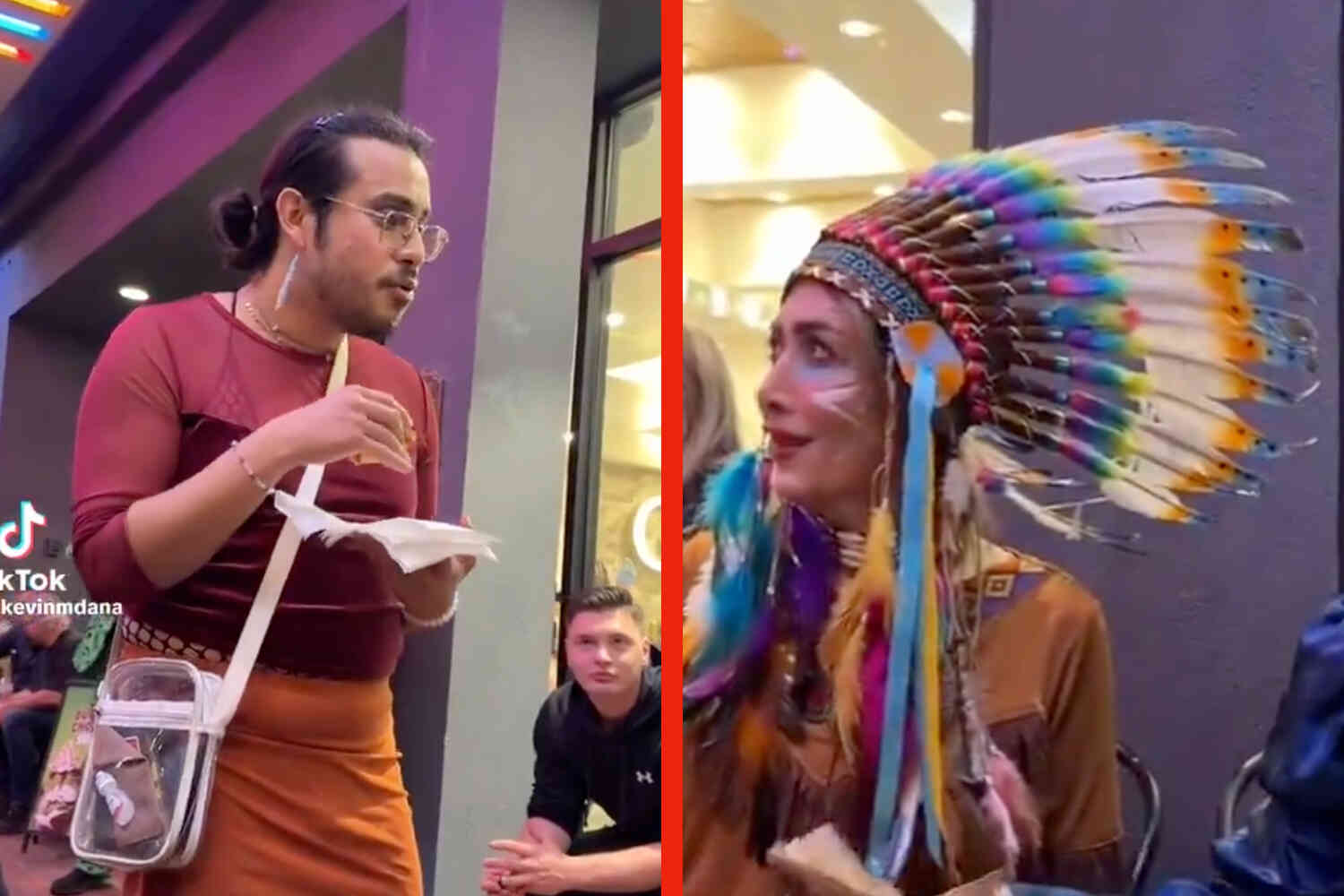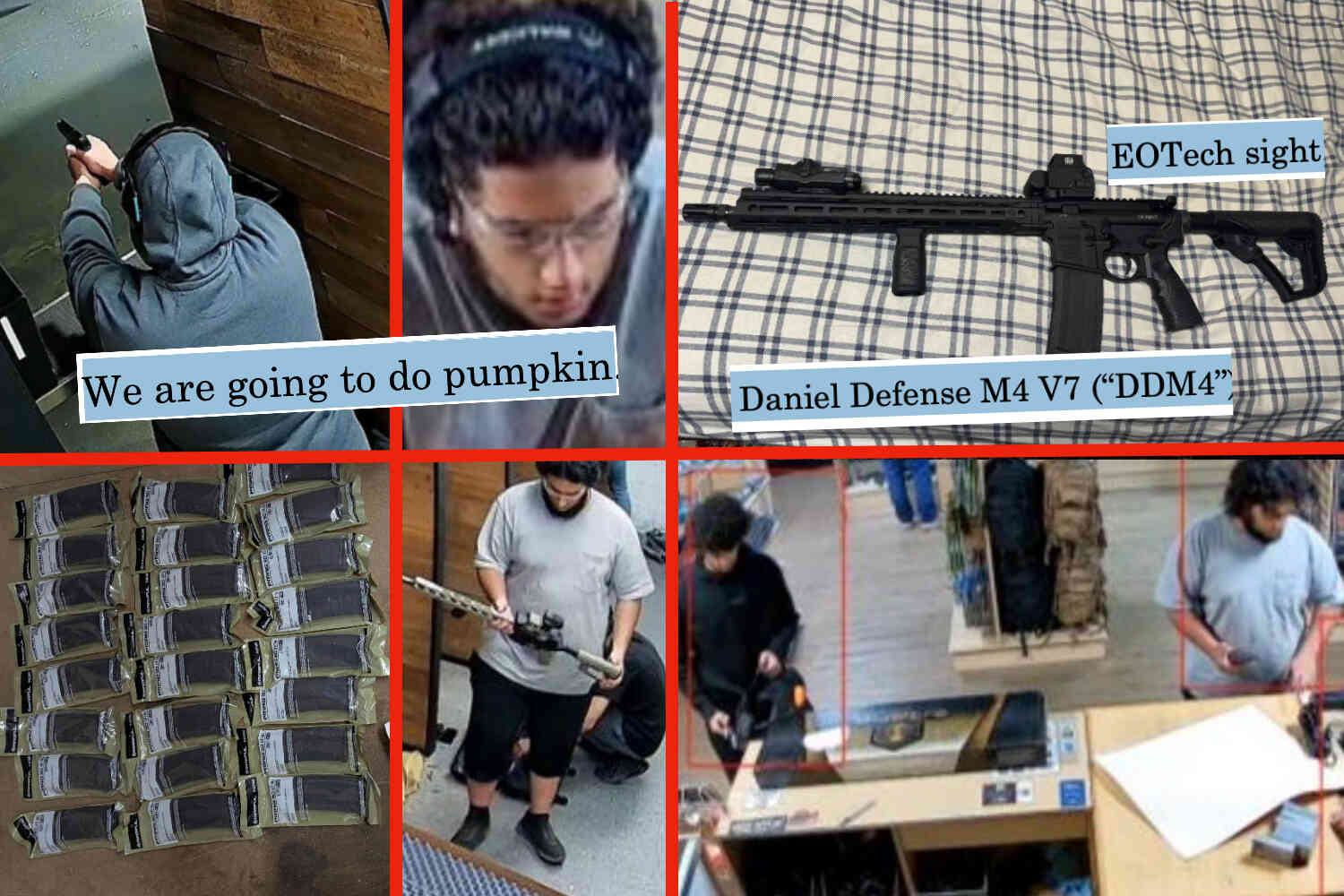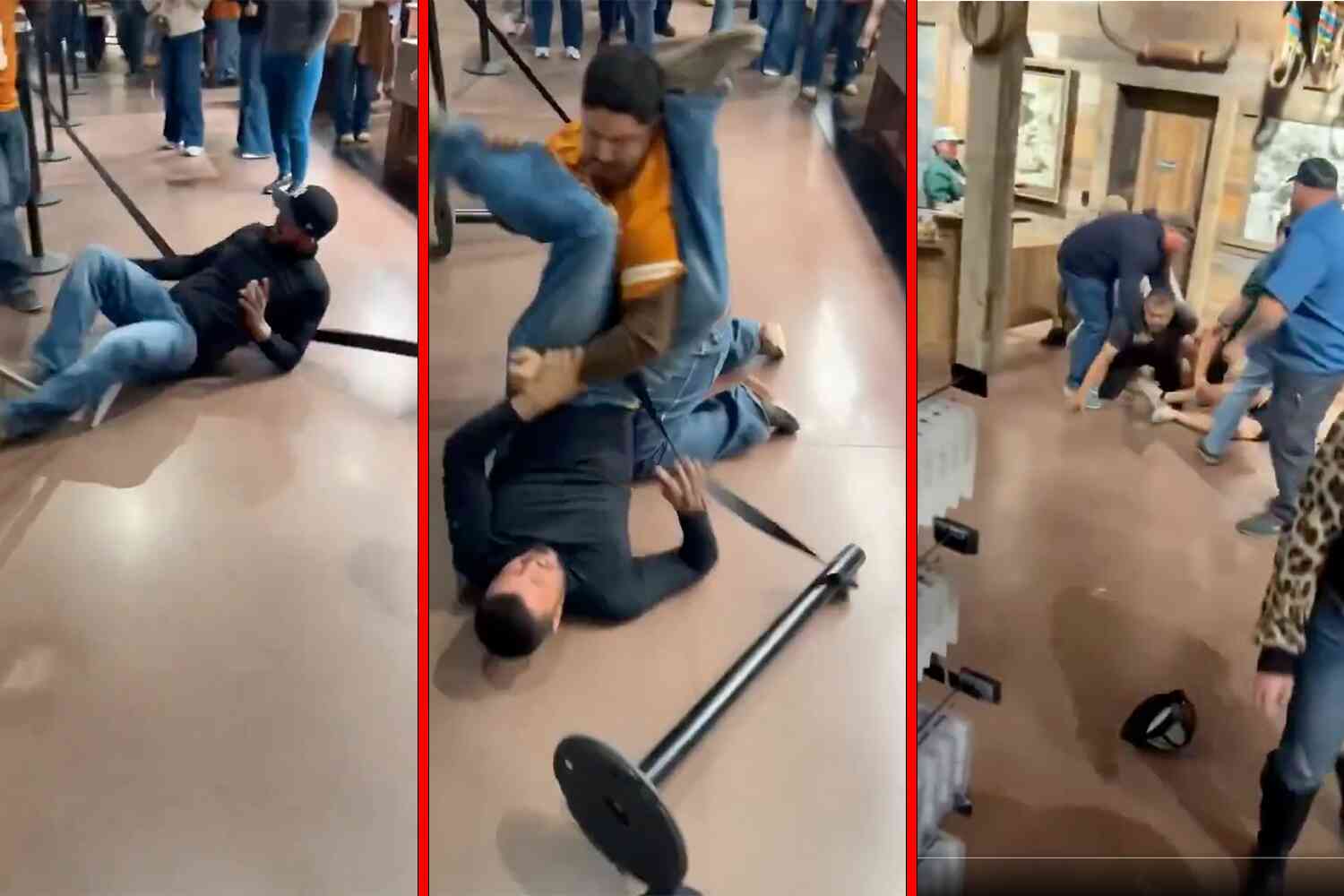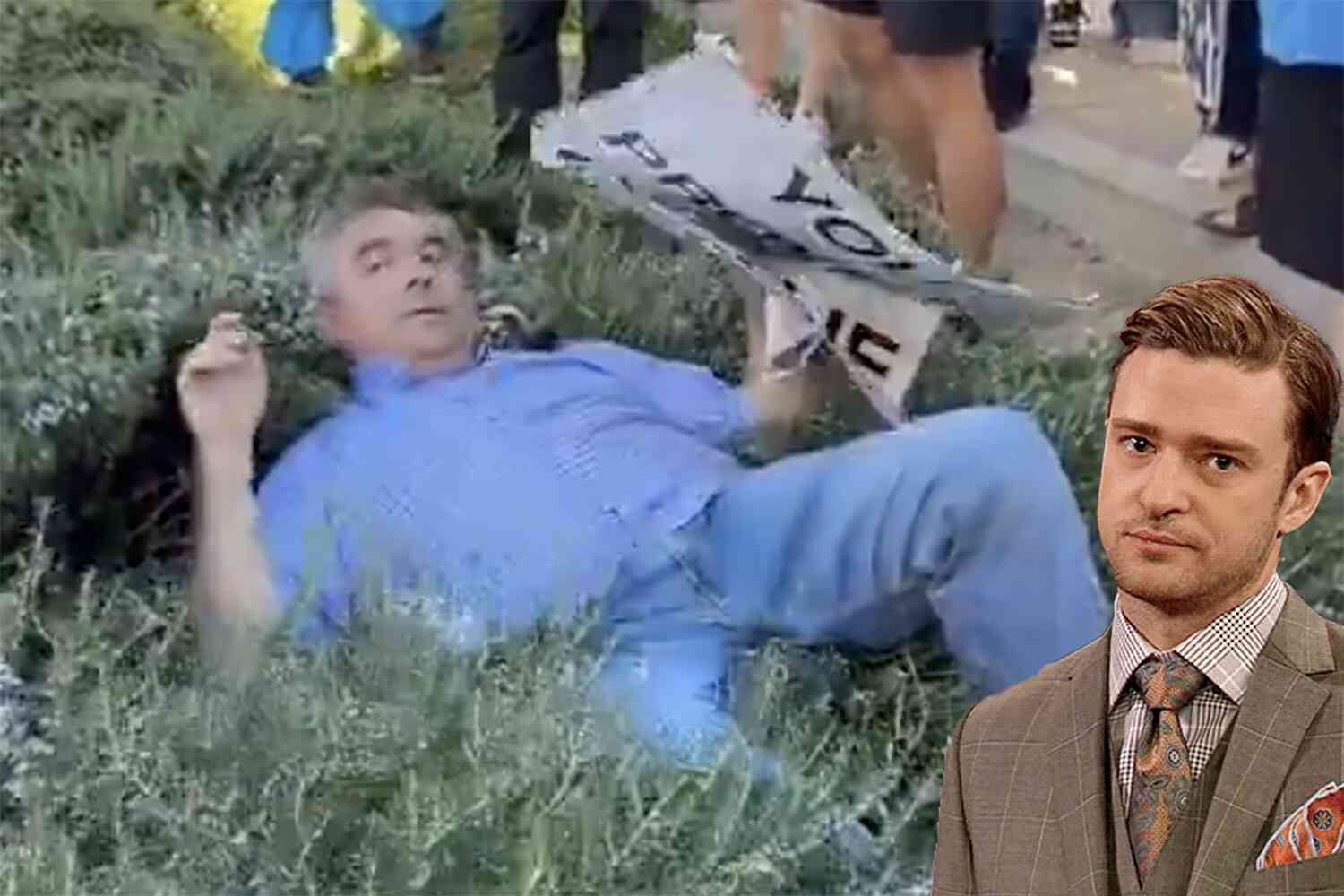Have you ever tried microwaving two touching grapes to create plasma?

The internet fad has been around for over a decade, but scientists wanted to figure out why this phenomenon was occurring.
Here's a quick video about the physics:
Fast forward to today, and those scientific inquiries are bearing fruit.
In a new paper published in the journal Physical Review Applied, a team of researchers at Macquarie University used two grapes to supercharge a quantum computer's qubit sensors.
The team placed a nanodiamond atop a thin glass fiber and placed it between two grapes. Then they shone a green laser light through the fiber, making the defect centers glow red. Measuring the brightness told them the strength of the magnetic field around the grapes, which turned out to be twice as strong with grapes than without.
The size and shape of the grapes used in the experiments were crucial; they must be about 27 millimeters long to get concentrated microwave energy at just the right frequency for the quantum sensor.
The increase in the electromagnetic fields means they could use this technology to make smaller quantum computers.
Amazing what a grape can do.
So, if we can use grapes to make smaller quantum computers, what can we use quantum computers for?
William Oliver, director of the Center for Quantum Engineering at the Massachusetts Institute of Technology (MIT) in the USA said, ‘What quantum computers are used for today is basically to learn how to make quantum computers bigger and also to learn how to use quantum computers.'

I'm sure one day they'll figure out a legitimate use for quantum computing, but until then maybe they should just stick to using those grapes to light up microwaves.
P.S. Now check out our latest video 👇









